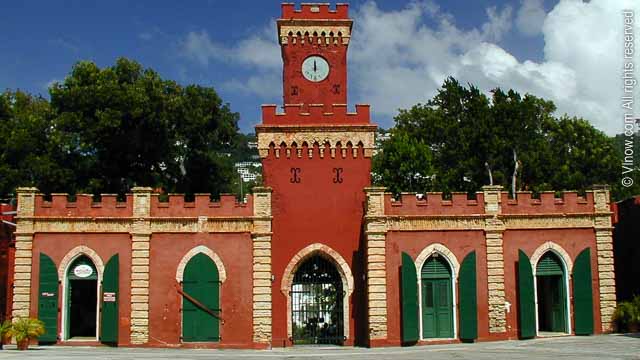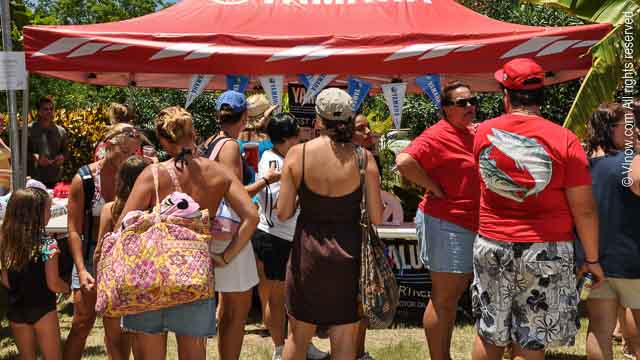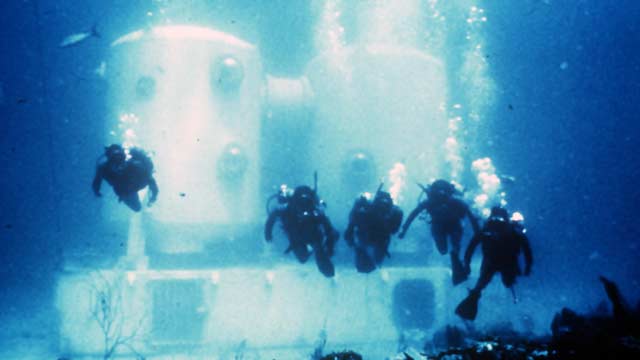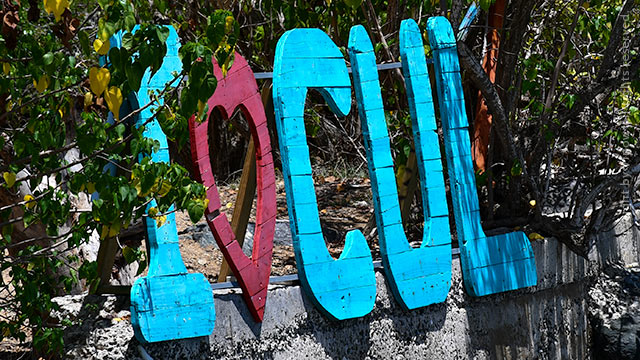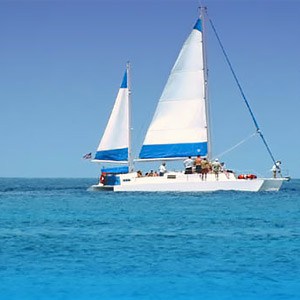In the capital of the Virgin Islands, Charlotte Amalie, stands a large fort and if its walls could talk what a history it would tell. Fort Christian is the oldest standing structure in the Virgin Islands; it has stood as a sentry overlooking the Charlotte Amalie Harbor for over 300 years. Fort Christian might tell tales of the Danish militia that were stationed at the fort, of settlers being required to attend religious gatherings at the fort and of governors that resided within the fort’s walls! The stories might include the comings and goings of pirates that sailed into the harbor, of the rivalry at the many small taverns that once dotted the area near the fort and of prosperous trading days. Fort Christian stands as a symbol of Virgin Islands’ rich history.
The imposing fort with walls 3 to 6 feet thick was built to defend the Danish settlement and the harbor from hostile marauders. Construction took place between 1672 and 1680. The fort was named after King Christian V. It served as the administrative center of the island, the residence of the first Governors and the official place of worship. Within the walls of the original fortification were 21 buildings and structures. Between 1724 and 1735 the fort was expanded and continued to function as an important government building. Improvements in artillery would later render the fort obsolete.
By 1874 the role of the fort had shifted, it became the official prison for St. Thomas. Around this time when storage areas and offices were converted to cells; a new entrance with a clock tower was added. The fort served as the police station and prison from 1874 until 1983. Fort Christian Museum was established in 1971 in the downstairs dungeon area, while upstairs continued to function as a police station and prison. The fort was designated a National Historic Landmark in 1977. The museum houses exhibits of historical photos and documents, period furniture, a cane press, displays on local flora and fauna and more. The roof of the fort offers panoramic views of the harbor.
You can view the Fort from outside the walls. You will notice part of the fort is red and parts white washed. The red iron oxide paint was used in 1874 when the fort was used as a municipal building. The original color was a grey-white wash mortar color which is visible on some parts of the fort where the red paint was stripped away during the recent renovation project.

